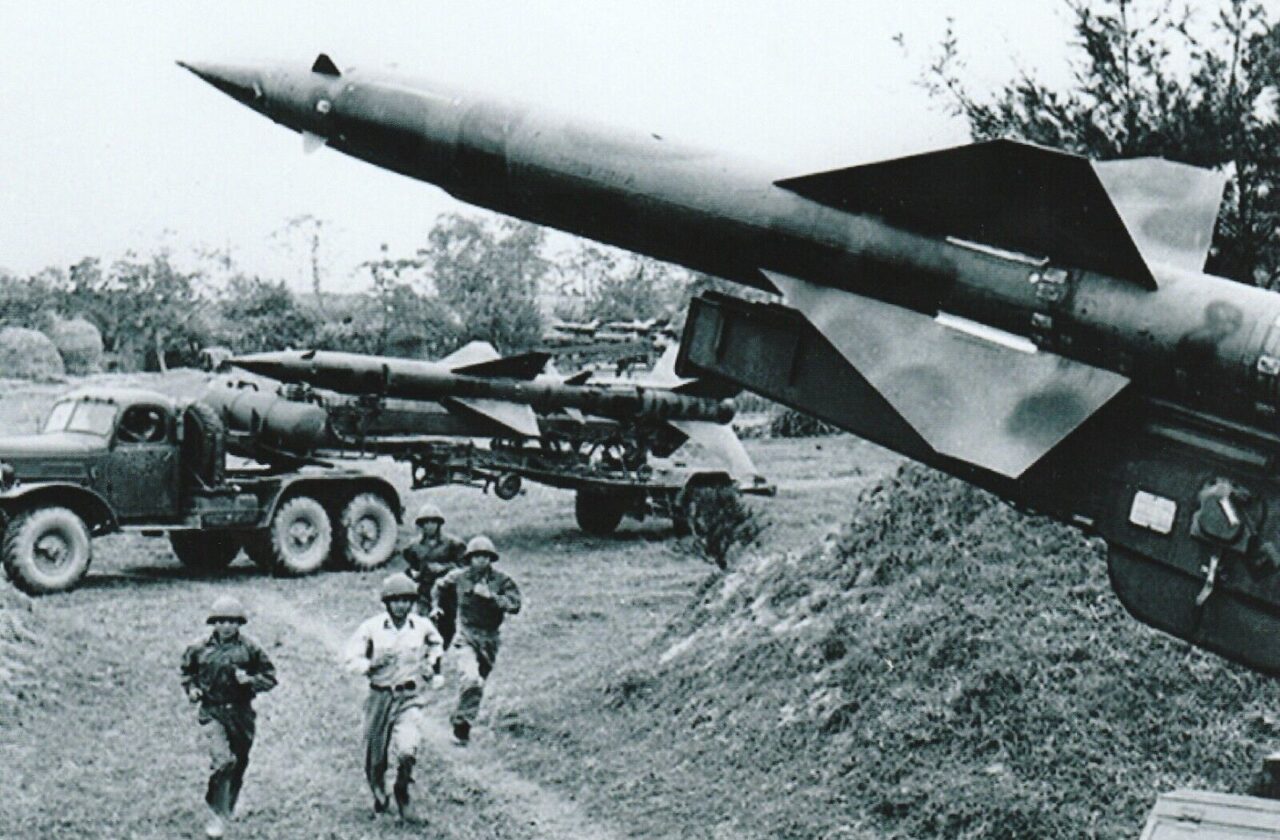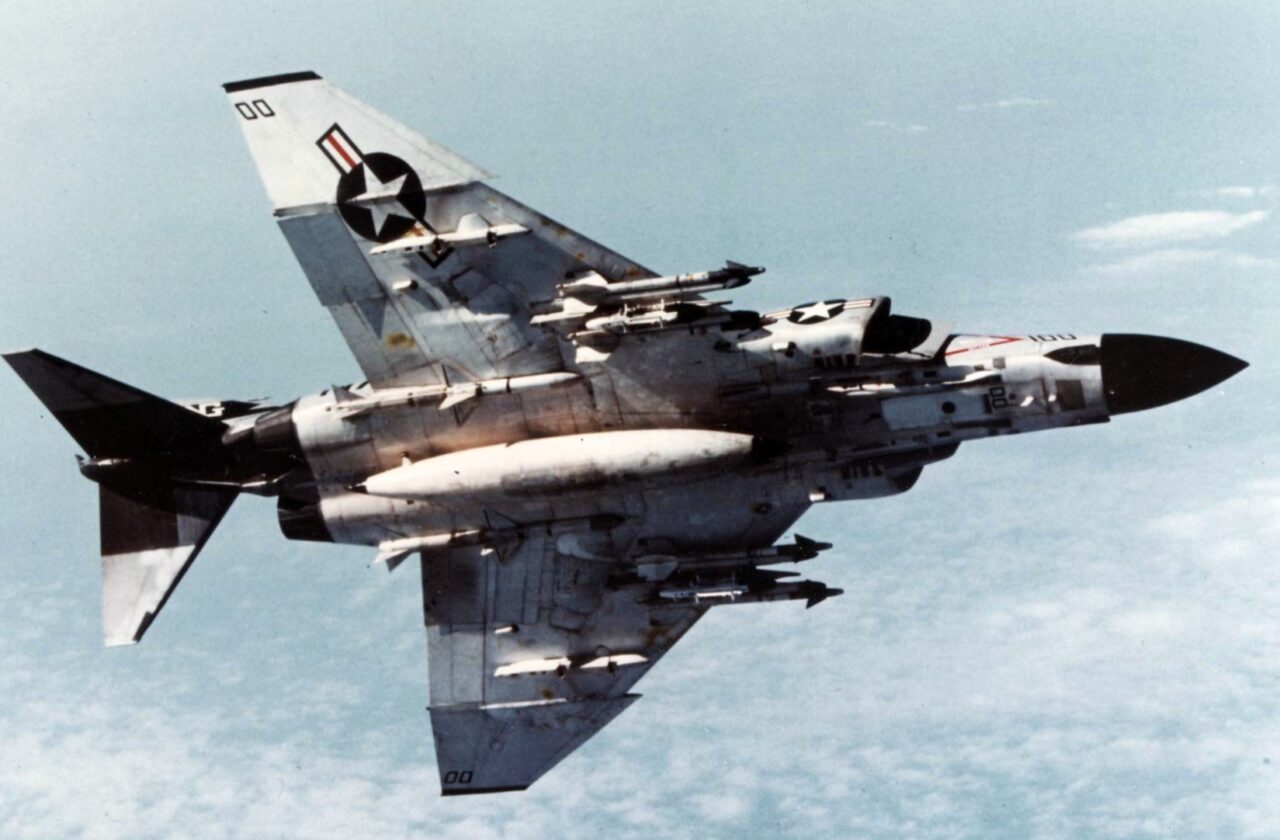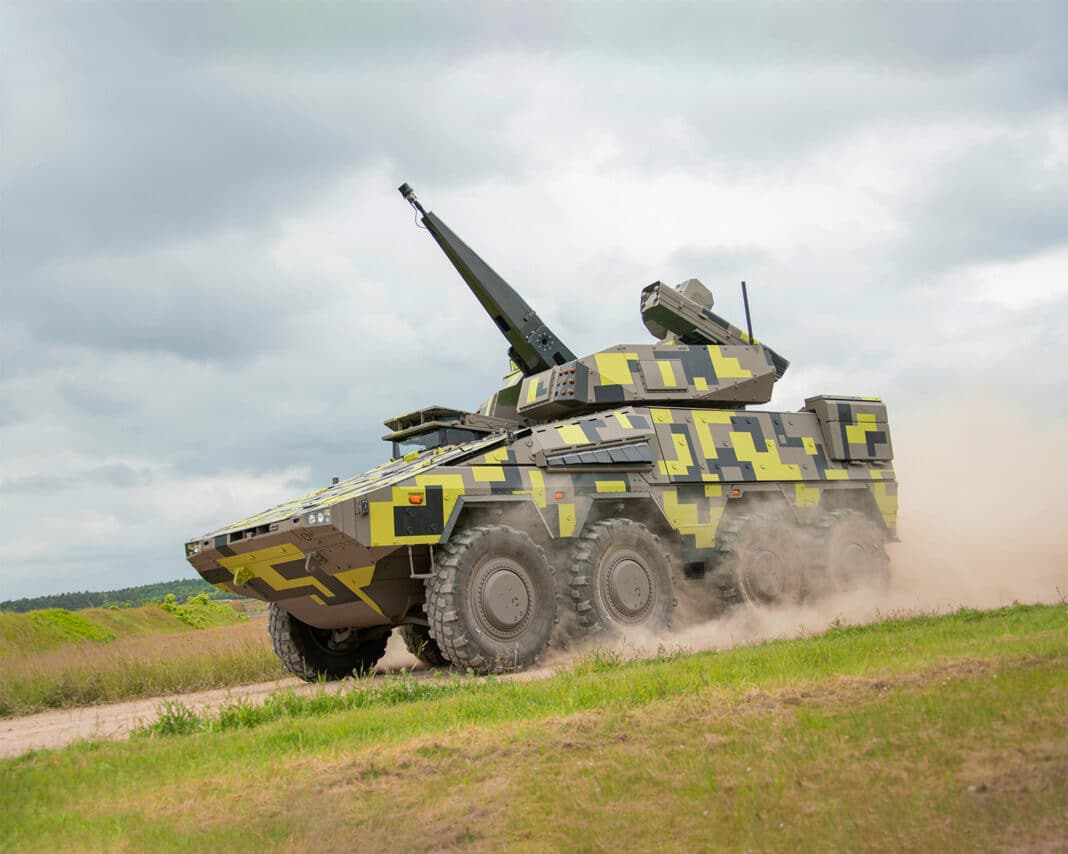Whether within the Ukrainian forces, facing Russian drones, or on board Western destroyers and frigates in the Red Sea, anti-aircraft artillery has regained, in recent weeks, the letters of nobility that it seemed to have lost since the beginning of the 70s, in favor of the missile.
Whether it is to respond to the very unfavorable budgetary equation compared to Iranian-designed attack drones, or to reduce missile consumption while the industry is unable to produce replenishment as quickly as they are consumed, simplicity, rusticity and the low costs linked to the use of anti-aircraft guns have once again become determining criteria, particularly in the management of conflicts expected to last.
However, does the cannon really have the advantage, against drones, stand-off munitions and other cruise missiles, over anti-aircraft missiles? A question, as is often the case, much more complex than it appears at first glance.
In this section:
The replacement of anti-aircraft artillery by missiles in the 60s and 70s
If the first surface-to-air missiles appeared in the 50s, with the Soviet S-75 Dvina (1957) and the American MiM-14 Nike Hercules (1955), these systems aimed above all to counter the threat of heavy bombers operating at high and very high altitude, and at high speed, making interception by fighter planes uncertain.

Protection against tactical aviation relied, until the 60s, mainly on surface-to-air artillery, even if missile systems dedicated to this mission, such as the American Hawk (1962), and the Soviet 2K12 (1967), appeared during this decade.
Thus, of the 2 aircraft of the US Air Force, US Navy and US Marine Corps lost in combat (excluding accidents) during the Vietnam War, only 500 were lost by North Vietnamese surface-to-air missile systems. , and 205 by Vietnamese hunting. The more than 269 remaining aircraft were shot down by the anti-aircraft guns of the North Vietnamese armies.
Hanoi then deployed more than 10 anti-aircraft batteries ranging from 000 and 12,7 mm heavy machine guns, to the 14,5 mm S-60 cannon firing more than one shell per second at a distance of up to 57 m when coupled with radar guidance.
If this defense proved effective against the American fighter, it quickly became apparent that the anti-aircraft guns mobilized considerable human resources, more than 120 North Vietnamese soldiers being devoted to this mission alone, and required a very high density. to be efficient.

This human weight, as well as the performance of new mobile surface-to-air missiles, such as the Soviet 2K12 Kub (1967) and 9K32 Strela (1970), deployed by the Arab armies during the Yom Kippur War, finally convinced the Westerners of the interest in quickly equipping themselves with a powerful anti-aircraft defense organized around multi-layer missile batteries.

75% of this article remains to read,
Subscribe to access it!
The Classic subscriptions provide access to
articles in their full version, and without advertising,
from 6,90 €.
Newsletter subscription
Register for the Meta-Defense Newsletter to receive the
latest fashion articles daily or weekly

